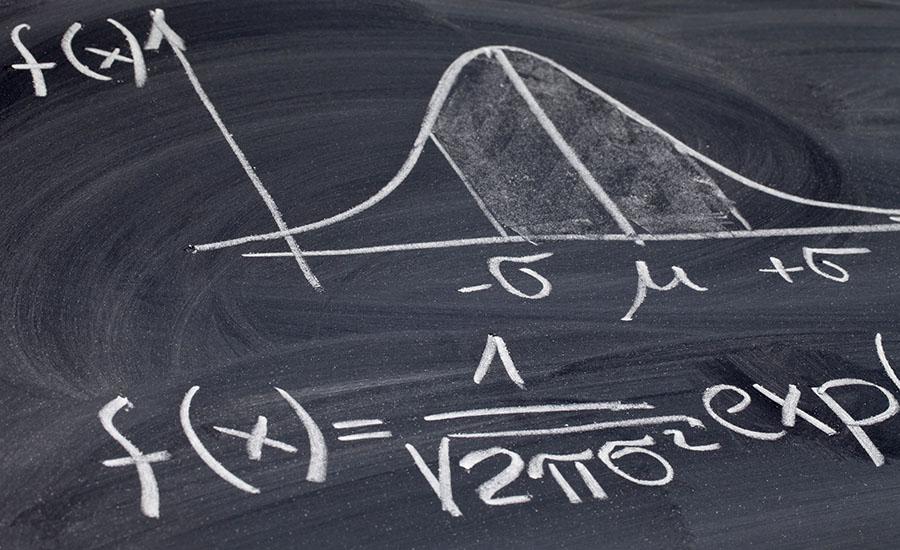
Modeling the Motion in the Ocean
In this lesson students will create a model to investigate how a location's temperature may change during an El Niño year. Students will construct landforms in a tray and then fill the tray with water. They will then use heat lamps, ice, and straws to create warm and cold currents. Students will use these currents to transfer energy from one side of the tray to another. Finally they will cover the tray and see how the currents affect the air's temperature. The goal is for students to come to the realization that winds move currents throughout the ocean and when those wind patterns change, the currents can bring colder or wamer water to a location that it does not usually travel to. This change will affect that location's temperature.
Lesson Grade Level
6th GradeLesson Plan Link/URL
https://docs.google.com/presentation/d/13udzdreHhV8BcVJBrZVFpyNjssYyO1jm/edit?u…Related Content

This is a fourth-grade level Science lesson over the rock cycle: what is it? What are the three major types of rocks? What is a rock? There is a STEM challenge that can be integrated into fourth grade

In this creative lesson, students will design and build a Rube Goldberg Energy Transfer Project. They will work within a group over 1-2 weeks and create a presentation to demonstrate the energy

Students will create an Operation Style Game using the Makey Makey Kits and the coding program SCRATCH. Students will learn how to create circuits and use the Makey Makey Kits to complete circuits to